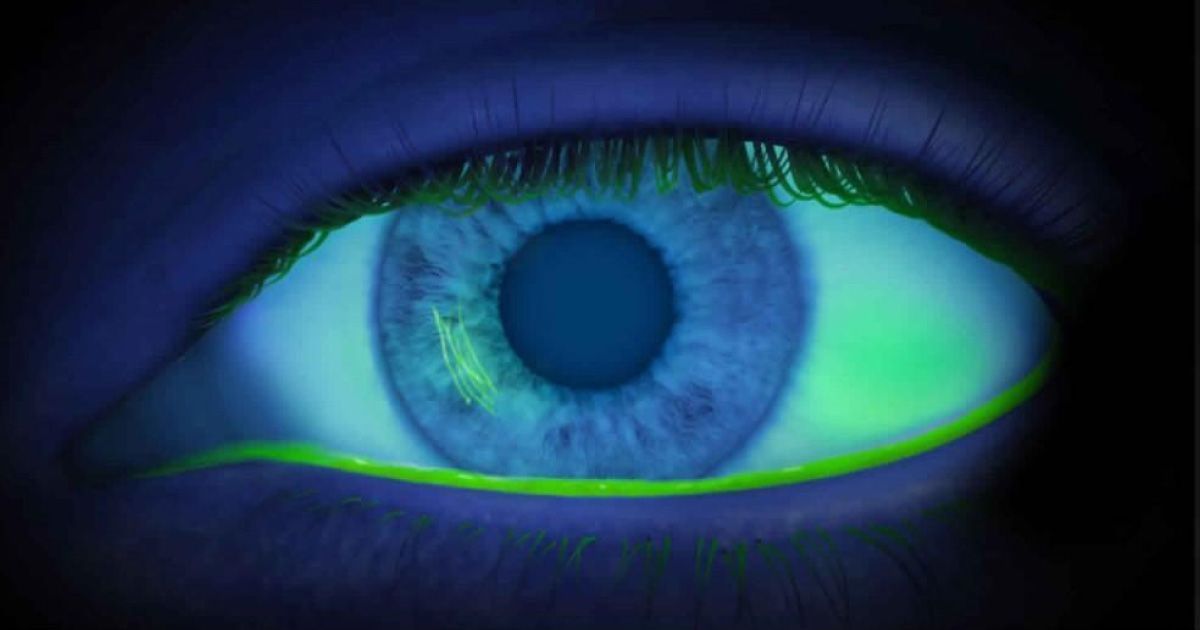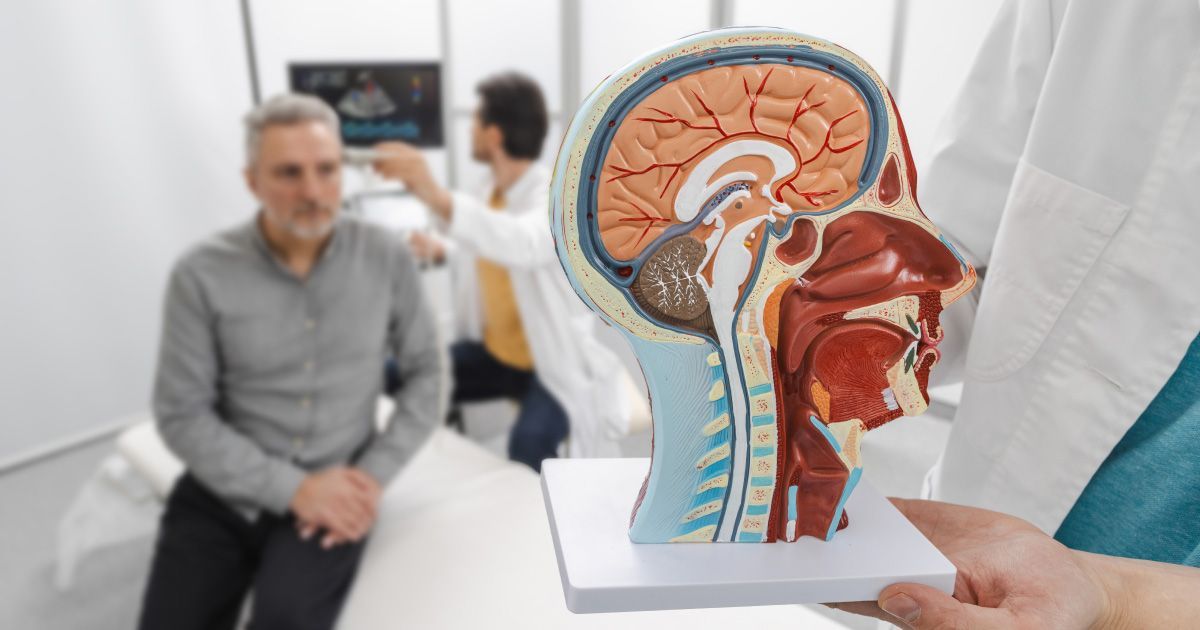Eye-Q: Understanding the Connection between Genetics and Vision Health

Read time: 3 minutes
The DNA of Eye Health
The way we see the world is influenced by our genes, just like many other aspects of our bodies. Have you ever wondered how your genetics can impact your eye health? Many eye conditions are inherited from one or both parents. This can be a cause for concern for people who have a family history of eye problems.
Understanding Genetics
Genetics is the study of genes and how they are passed down from parents to offspring. Genes are the units of inheritance that determine our traits, including eye color, hair color, and height.
Genes provide instructions for our bodies to create proteins, which are essential for the structure and function of our eyes. Some genes can impact the shape of the eye or the production of pigments that allow us to see color.
Some genes can also contribute to eye conditions such as glaucoma, macular degeneration, and retinitis pigmentosa. Let’s take a look at the role of genetics in eye conditions and offer tips for managing them.
Genetics Play a Significant Role
Genetics play a big part in determining our risk for certain eye conditions. Many eye conditions have been linked to specific genes, and researchers continue to uncover new genetic factors that contribute to eye health. Understanding your family's eye health history, getting regular eye exams, and living a healthy lifestyle can all help reduce your risk. If you have a family history of eye conditions, consider talking to your doctor about genetic testing to help identify your risk and create a plan for managing your eye health.
Eye Conditions that are Influenced by Genetics
Several eye conditions have a genetic component, including:
- Myopia: Nearsightedness
- Hyperopia: Farsightedness
- Astigmatism
- Color Blindness
- Glaucoma: A group of eye diseases that cause damage to the optic nerve and can lead to vision loss
- Macular degeneration: A disease that affects the central part of the retina and can cause blurry vision, distorted vision, or blind spots
- Retinitis pigmentosa: A group of inherited disorders that cause gradual vision loss due to the death of cells in the retina
What Can You Do to Reduce the Risk of Genetic Eye Conditions?
While you can't change your genes, there are still steps you can take to maintain good eye health and reduce the risk of developing genetic eye conditions.
- Get regular eye exams - Regular eye exams can help detect eye conditions early, allowing for early treatment and management.
- Know your family history - Knowing your family's eye health history can help you and your eye doctor understand your risk for certain eye conditions.
- Live a healthy lifestyle - Eating a healthy diet rich in fruits, vegetables, and omega-3 fatty acids, maintaining a healthy weight can all help reduce your risk for eye conditions.
- Wear sunglasses to protect your eyes from UV rays
- Quit smoking
- Manage chronic conditions such as high blood pressure and diabetes
- Consider genetic testing - Genetic testing can help identify if you carry genes that increase your risk for certain eye conditions. This information can help you and your doctor make informed decisions about your eye health.
Genetic Testing: A Window into Ocular Health
Advancements in genetic testing have opened a window into understanding our individual genetic predispositions, offering insights that extend beyond eye color. Genetic testing can identify specific gene variations associated with increased susceptibility to certain eye conditions. For individuals with a family history of eye disorders, genetic testing can serve as a proactive tool, allowing for early detection and personalized preventive strategies.
Nurturing Eye Health and Well-Being
It's important to note that having a genetic predisposition to a certain eye condition does not necessarily mean that a person will develop that condition. Many factors, including lifestyle choices and environmental factors, can also influence a person's risk for developing eye conditions. However, understanding the role of genetics in eye health can help individuals make informed decisions about their eye care and take steps to protect their eye health and vision.
Share this blog post on social or with a friend:
The information provided in this article is intended for general knowledge and educational purposes only and should not be construed as medical advice. It is strongly recommended to consult with an eye care professional for personalized recommendations and guidance regarding your individual needs and eye health concerns.
All of Urban Optiks Optometry's blog posts and articles contain information carefully curated from openly sourced materials available in the public domain. We strive to ensure the accuracy and relevance of the information provided. For a comprehensive understanding of our practices and to read our full disclosure statement, please click here.


















